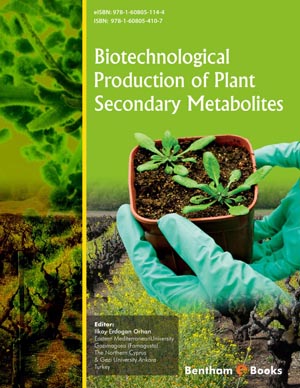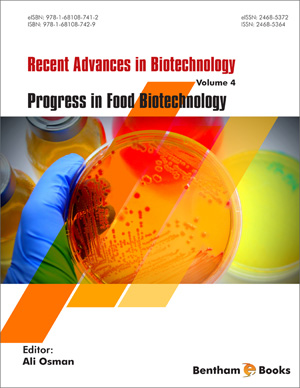Abstract
Rapid advances in Genomic technologies have widened the opportunities for selecting desirable plants based on DNA markers. The conventional method of breeding is slow in improving the genetic potentials of crops particularly when the traits of interest are quantitative in nature. Molecular genetic tools have been developed to aid in cultivar development. DNA based marker assisted selection (MAS) is emerging as a potential tool to enhance the efficiency of selection. Molecular markers have been widely used for cultivar identification, parentage and genetic diversity analysis, genome mapping and tagging of genes of agricultural importance. Genetic linkage maps and quantitative trait analysis enable researchers to identify molecular markers associated with target traits. Marker-assisted breeding is being implemented in different grass species. Tall fescue [Lolium arundinaceum (Schreb.) S.J. Darbyshire] is an important cool-season perennial grass which is widely used as forage and turf and also in conservation plantings. It is an outcrossing polyploid and most of the traits of interests are quantitative in nature. A comprehensive molecular marker system with microsatellite and sequence tagged site markers has been developed for tall fescue. Genetic linkage maps were constructed and used for the quantitative trait analysis of important forage quality and morphological traits. Molecular markers associated with forage digestibility and stem rust resistance were identified and used in a practical breeding program. Molecular breeding is expected to greatly expedite the future tall fescue cultivar development process.
Keywords: Molecular markers, QTL, Linkage mapping, Marker-assisted Breeding, Tall fescue, Forage digestibility

















